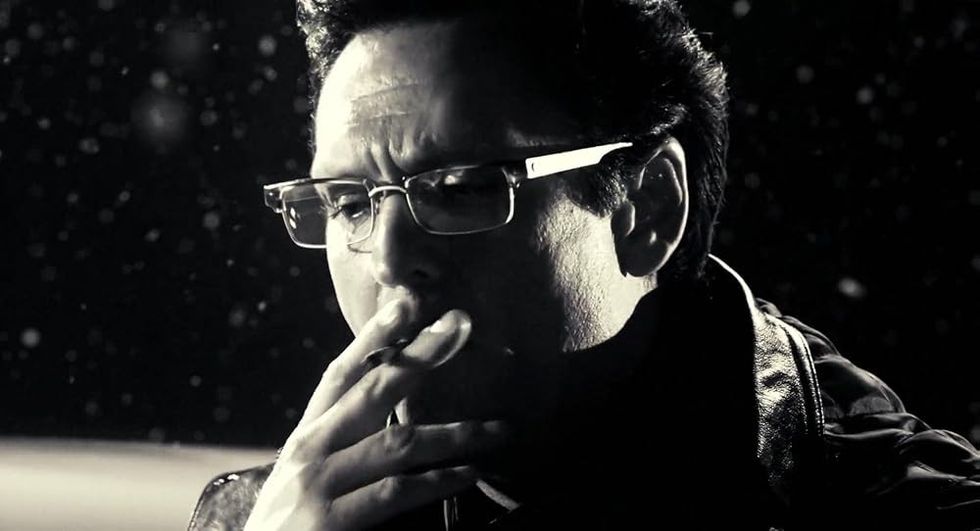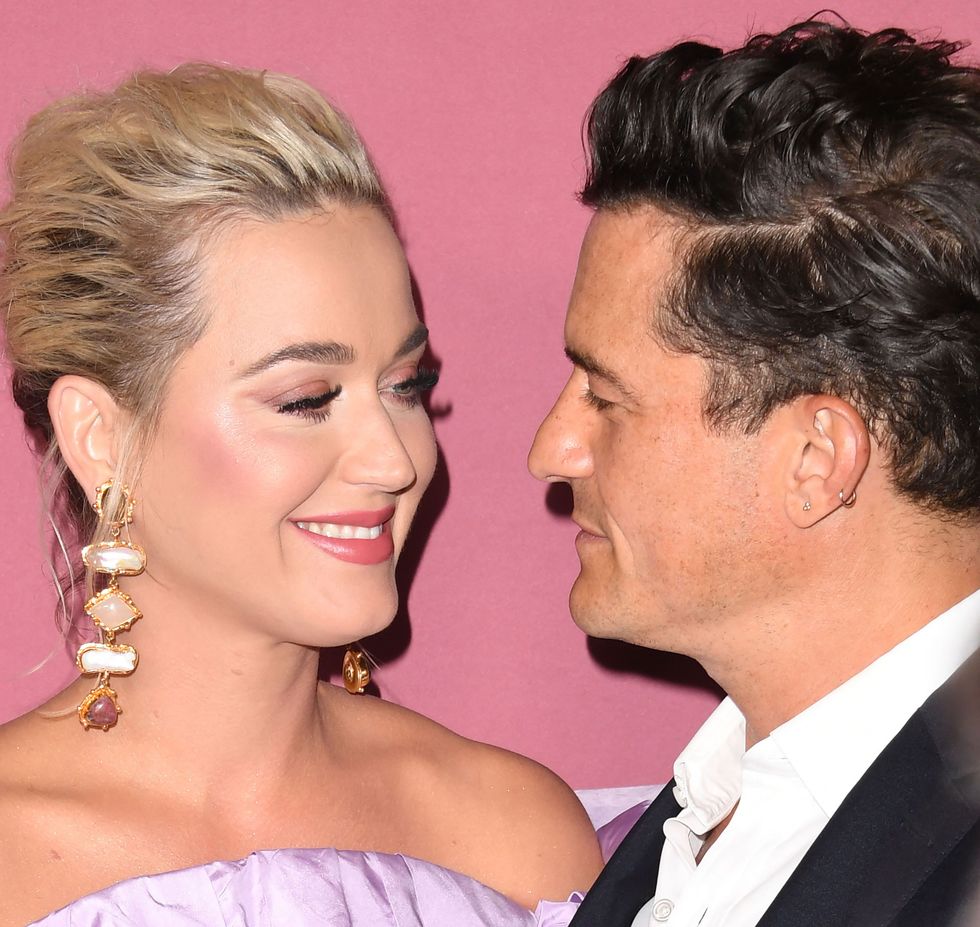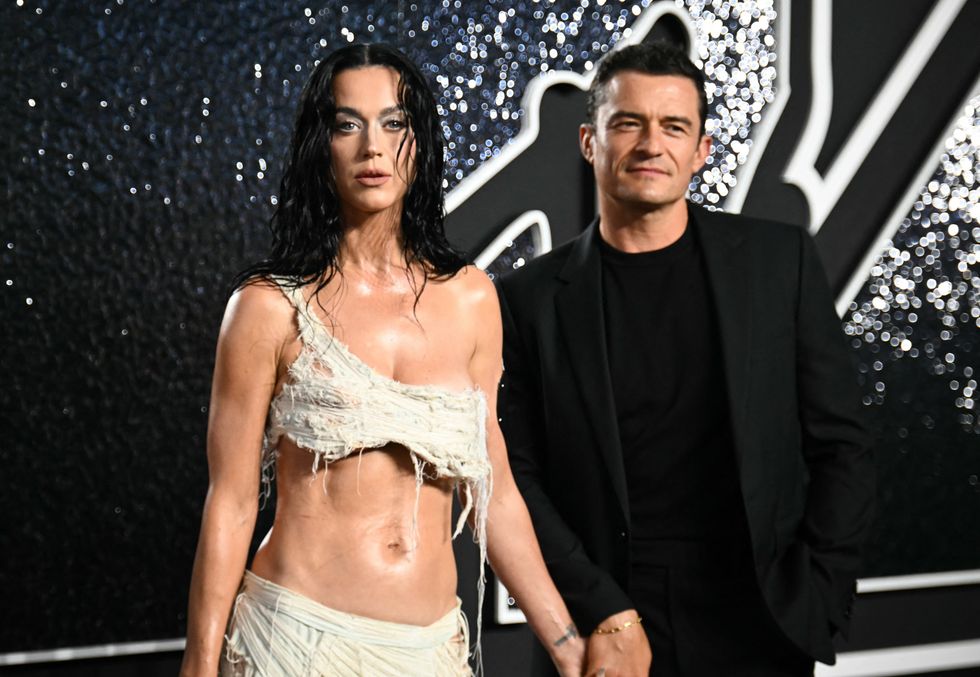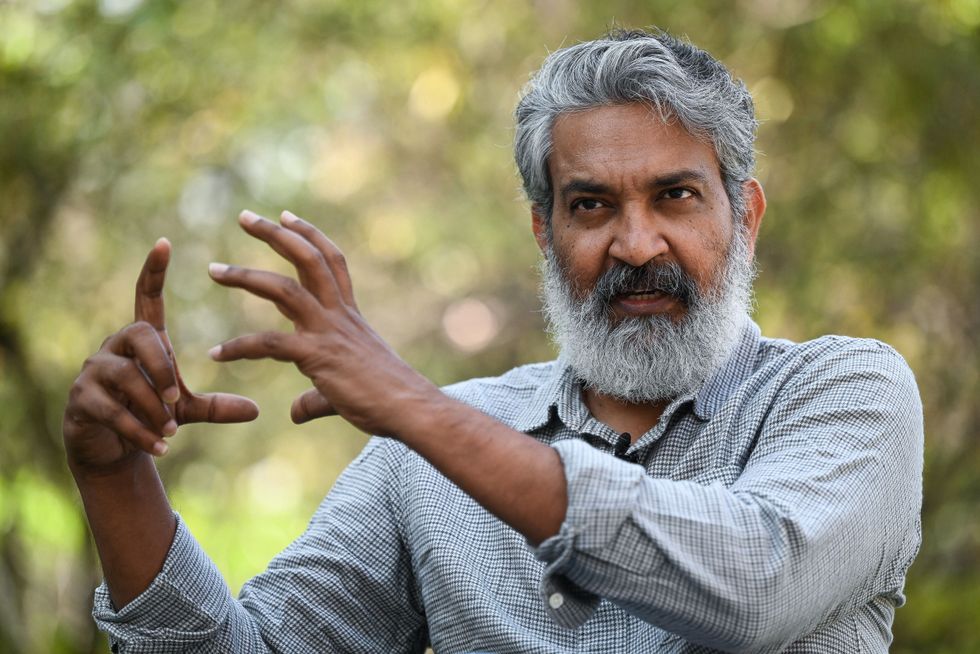Kourtney Kardashian recently shared intimate insights into her sexuality, bravely revealing that she identifies as autosexual. The 41-year-old recently opened up in an interview about identifying as autosexual and claimed that 'most women are, even if it's just a little.'
Autosexuality is a nuanced aspect of human sexuality characterised by individuals experiencing heightened arousal when focusing on their eroticism.
This revelation emerged during an interview with therapist and writer Casey Tanner, where Kardashian acknowledged the likelihood of being autosexual and emphasized its prevalence, asserting that most people possess some degree of autosexual tendencies.
Subsequently, Kourtney elaborated on the activities she engages in to create a sensual atmosphere for herself. This involves taking charge of her own grooming, such as doing her makeup and hair, and intentionally dressing up, all designed to cultivate a sense of allure and self-appreciation.
Autosexuality is not a one-size-fits-all concept but rather spans a spectrum. Some individuals exclusively identify autosexuality as their sexual orientation, while others incorporate it into a broader sexual repertoire that encompasses partnered experiences.
This recognition challenges the conventional understanding of sexuality and highlights its diverse expressions. The spectrum of autosexuality extends to various activities like even masturbation can be considered a form of autosexuality.
This involves a profound longing or desire for oneself, showcasing the multifaceted nature of self-arousal. Visualizing, touching, or even smelling oneself can contribute to the ability to self-arouse, underlining the complexity of autosexual experiences.
Kourtney Kardashian delved further into her personal approach to fostering self-arousal, providing a glimpse into the intimate rituals that contribute to her sense of sexiness.
Activities such as doing her own makeup and hair, dressing up for herself, and embracing her own body during bathing all contribute to her journey of self-love and empowerment. In doing so, Kardashian sheds light on the importance of cultivating a positive and intimate relationship with oneself, irrespective of external influences.
Contrary to common misconceptions surrounding autosexuality, Kardashian emphasized that it is not narcissistic but rather a healthy and valuable aspect of one's sex life. This declaration challenges societal norms and encourages a more inclusive and accepting perspective on diverse expressions of sexuality.
Autosexuality, when embraced, offers individuals the opportunity to understand and appreciate their own bodies, reducing dependence on external cues for a sensual mindset.
Kardashian underscored the benefits of knowing how to turn oneself on, emphasizing the impact on reducing reliance on environmental cues for sexual arousal. This ability to self-arouse fosters a deeper connection with one's body and senses, promoting a more profound understanding of personal desires and boundaries.
The message here transcends Kardashian's individual experience, advocating for a broader acceptance of diverse sexual expressions and self-empowerment.
As we explore the concept of autosexuality, it's essential to recognize that this facet of human sexuality has not been extensively studied. However, the acknowledgment that everyone possesses some degree of autosexual tendencies contributes to a more inclusive understanding of human sexual diversity.
Autosexuality, like other sexual orientations, falls on a spectrum, acknowledging the varying degrees to which individuals identify with this aspect of their sexuality.
Distinguishing autosexuality from related concepts such as autoromanticism and autoeroticism provides a more comprehensive understanding of the diversity within sexual experiences. Autoromantic individuals perceive their relationship with themselves as romantic, expressing gestures of love, such as buying romantic gifts.
Autosexual individuals, in contrast, experience intense sexual attraction to themselves, drawing parallels with being in love. Autoeroticism, encompassing self-stimulation or masturbation, is considered a universal and natural expression of sexuality.
While autoeroticism is generally deemed a healthy expression of sexuality, it's crucial to address potential dangers associated with certain practices, such as erotic asphyxiation. Engaging in risky behaviors, like hanging or choking, for sexual pleasure may lead to serious harm or even death. Understanding these distinctions encourages a safe and informed approach to self-exploration and expression.
Common misconceptions about autosexuality often stem from a lack of understanding and research on this aspect of human sexuality. Some erroneously assume that autosexual individuals never engage in relationships with others.
In reality, autosexual individuals may desire closeness with others, identifying with multiple sexual orientations while choosing self-stimulation as their preference at times. Respecting autosexuality as a valid and individualized aspect of human sexuality is crucial, acknowledging that each person's experience is unique and deserving of understanding and acceptance.






 Liam Gallagher accepts Oasis' award for 'Best Album of 30 Years' Getty Images
Liam Gallagher accepts Oasis' award for 'Best Album of 30 Years' Getty Images  Liam Gallagher plays to a sell out crowd at the Universal AmphitheatreGetty Images
Liam Gallagher plays to a sell out crowd at the Universal AmphitheatreGetty Images Liam and Noel Gallagher perform together in Cardiff for the first time since 2009 Instagram/oasis
Liam and Noel Gallagher perform together in Cardiff for the first time since 2009 Instagram/oasis 








 Reservoir Dogs
Reservoir Dogs Michael Madsen as Budd aka SidewinderIMDB
Michael Madsen as Budd aka SidewinderIMDB Thelma & LouiseIMDB
Thelma & LouiseIMDB Free WillyIMDB
Free WillyIMDB  Donnie BrascoAlex on Film
Donnie BrascoAlex on Film  Sin CityIMDB
Sin CityIMDB  The Hateful Eight IMDB
The Hateful Eight IMDB Mulholland FallsVirtual History
Mulholland FallsVirtual History  Kill Me Again
Kill Me Again  Michael Madsen attends the Closing Ceremony and Fistful of Dollars Screening Getty Images
Michael Madsen attends the Closing Ceremony and Fistful of Dollars Screening Getty Images 
 Katy Perry Orlando Bloom Choose Co Parenting Future After Nine YearsGetty Images
Katy Perry Orlando Bloom Choose Co Parenting Future After Nine YearsGetty Images  Katy Perry and Orlando Bloom focus on raising their daughter with love and respect Getty Images
Katy Perry and Orlando Bloom focus on raising their daughter with love and respect Getty Images  Katy Perry and Orlando Bloom end their long running romance and plan to raise their daughter together as a family
Katy Perry and Orlando Bloom end their long running romance and plan to raise their daughter together as a family
 Priyanka Chopra calls 'SSMB29' her homecoming as she reunites with Indian cinemaGetty Images
Priyanka Chopra calls 'SSMB29' her homecoming as she reunites with Indian cinemaGetty Images  Priyanka Chopra teams up with SS Rajamouli and Mahesh Babu for mega film SSMB29Getty Images
Priyanka Chopra teams up with SS Rajamouli and Mahesh Babu for mega film SSMB29Getty Images  Mahesh Babu’s dramatic new look for SSMB 29 sparks a social media frenzy as fans compare him to Mufasa and a Hollywood action hero Getty Images/ Twitter
Mahesh Babu’s dramatic new look for SSMB 29 sparks a social media frenzy as fans compare him to Mufasa and a Hollywood action hero Getty Images/ Twitter  SS Rajamouli recreates Varanasi at Ramoji Film City for a key action sequence in SSMB29 Getty Images
SS Rajamouli recreates Varanasi at Ramoji Film City for a key action sequence in SSMB29 Getty Images 
 Aamir Khan sports a rugged look with pipe and vest in Coolie cameoInstagram/
Aamir Khan sports a rugged look with pipe and vest in Coolie cameoInstagram/